A Rhetoric of Object Placement
Milan: For decades now, readers have searched for a rare glimpse of Arranging Things: A Rhetoric of Object Placement, a design-world landmark turned instant classic since the book’s 2003 publication and its first, sold-out print run. In Arranging Things, American artist and author Leonard Koren offers an original approach to design that frames arrangements as a form of ‘persuasive communication’. Leonard’s visual journey through the heart of design philosophy applies his own insights to commissioned paintings by artist Nathalie Du Pasquier, a founding member of the renowned Memphis Group. This spring, Apartamento launched a new edition of Arranging Things that revives these paintings in an immersive, full-page format, paired with a new foreword by the author, a warm and welcome greeting to longtime fans and new readers alike.
Throughout Arranging Things, Leonard invites readers to consider the mundane–from the familiar chrome of an espresso maker to a deck of cards, an off-kilter tablescape, or a spiral of seashells–and understand the resonance behind everyday objects. ‘Most arrangements are little noticed, yet some stop you in your tracks’, he writes. ‘A “successful” arrangement … is one that powerfully engages your attention and sustains your interest’. Through Koren’s expert analysis, grounded in a history of rhetoric, Arranging Things is not merely a popular book on design; it is a practical manifesto of aesthetic beauty, one for brightening and broadening the ways we understand and arrange our worlds.
Nathalie and Leonard have each been featured in Apartamento, in issue #8, Autumn/Winter 2011-12 and issue #19, Spring/Summer 2017, respectively. While their practices are quite different, what comes through in their interviews is how they are both fiercely, quietly independent. To open up a window into their creative process, we asked what they were thinking about Arranging Things now versus when they first began the project over 20 years ago. The following conversation covers this and all the revered history in between.
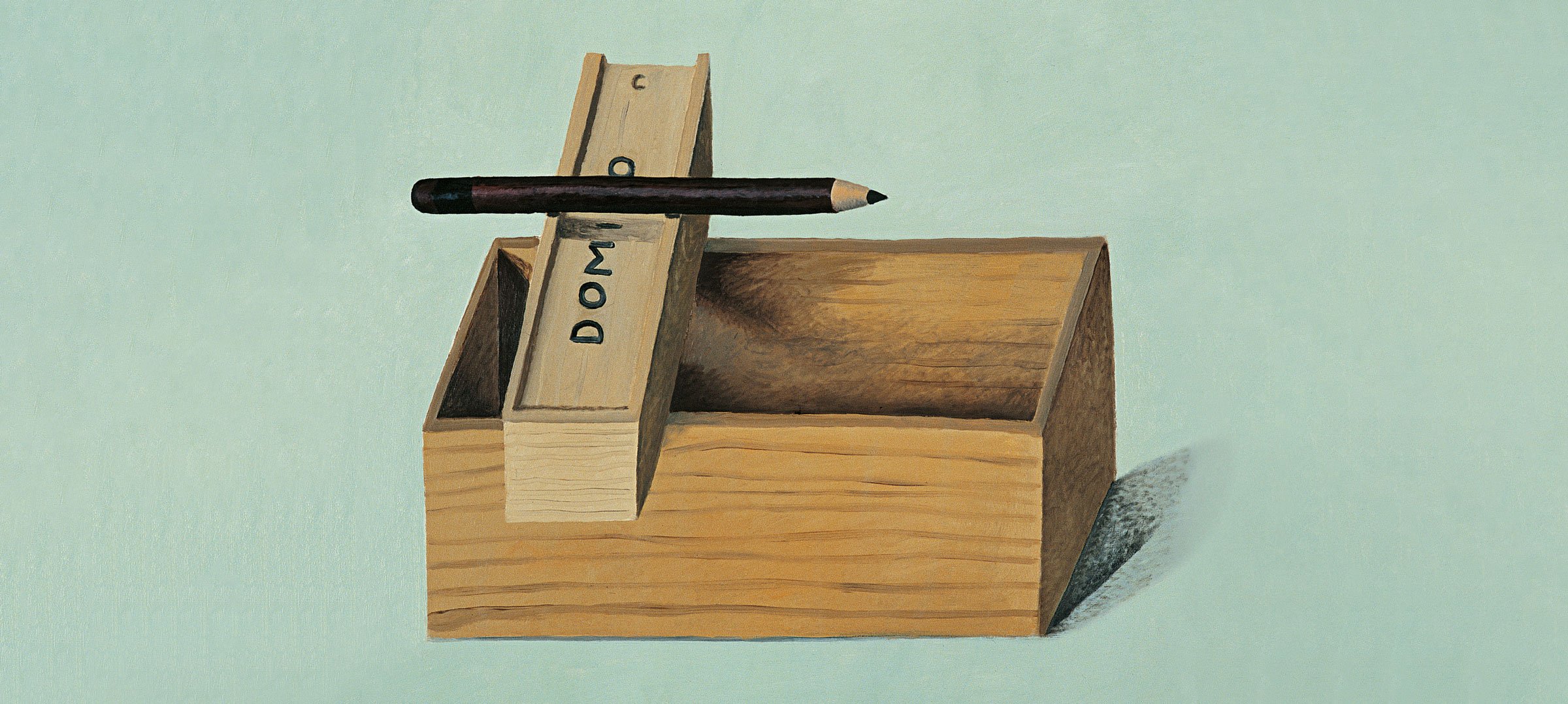


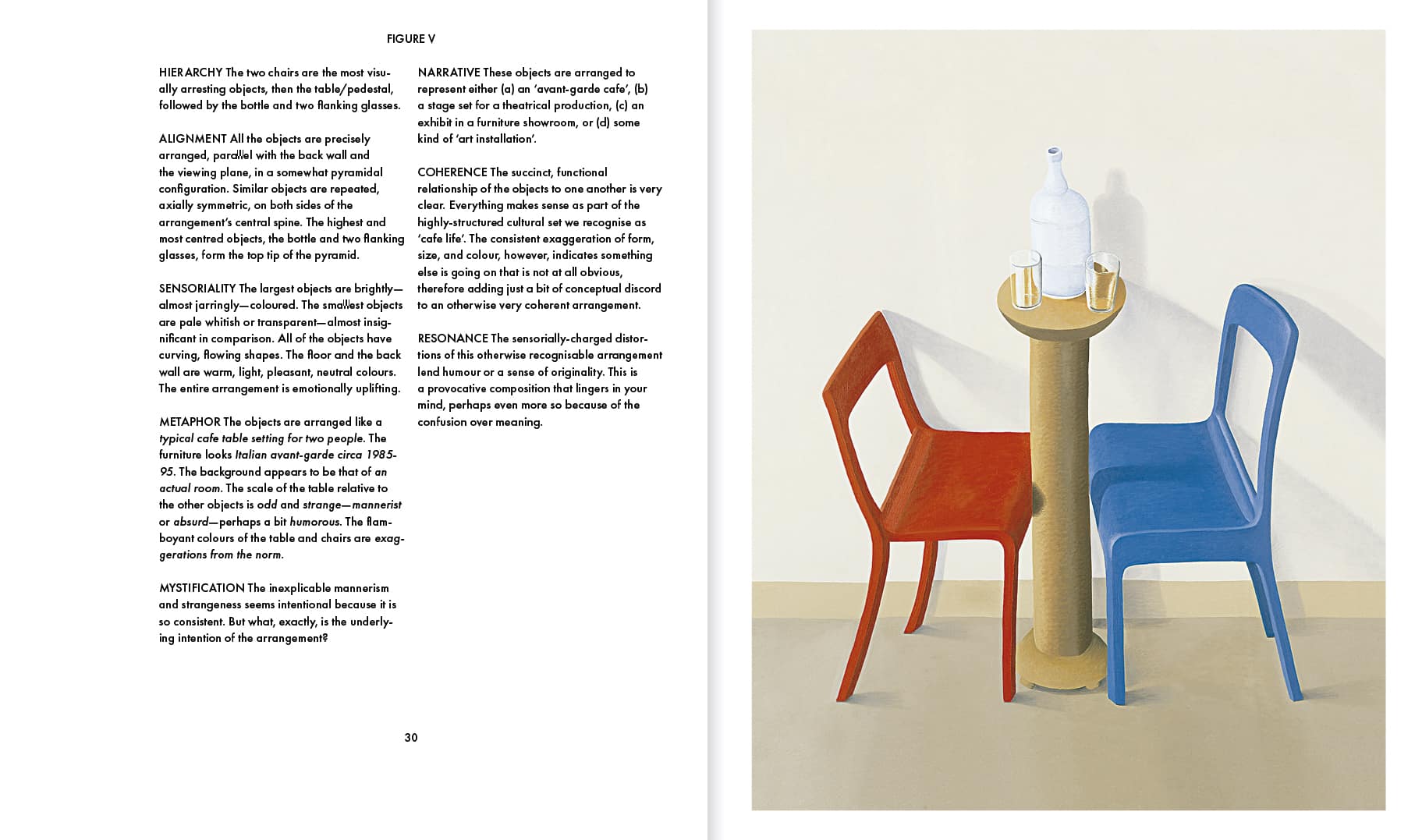
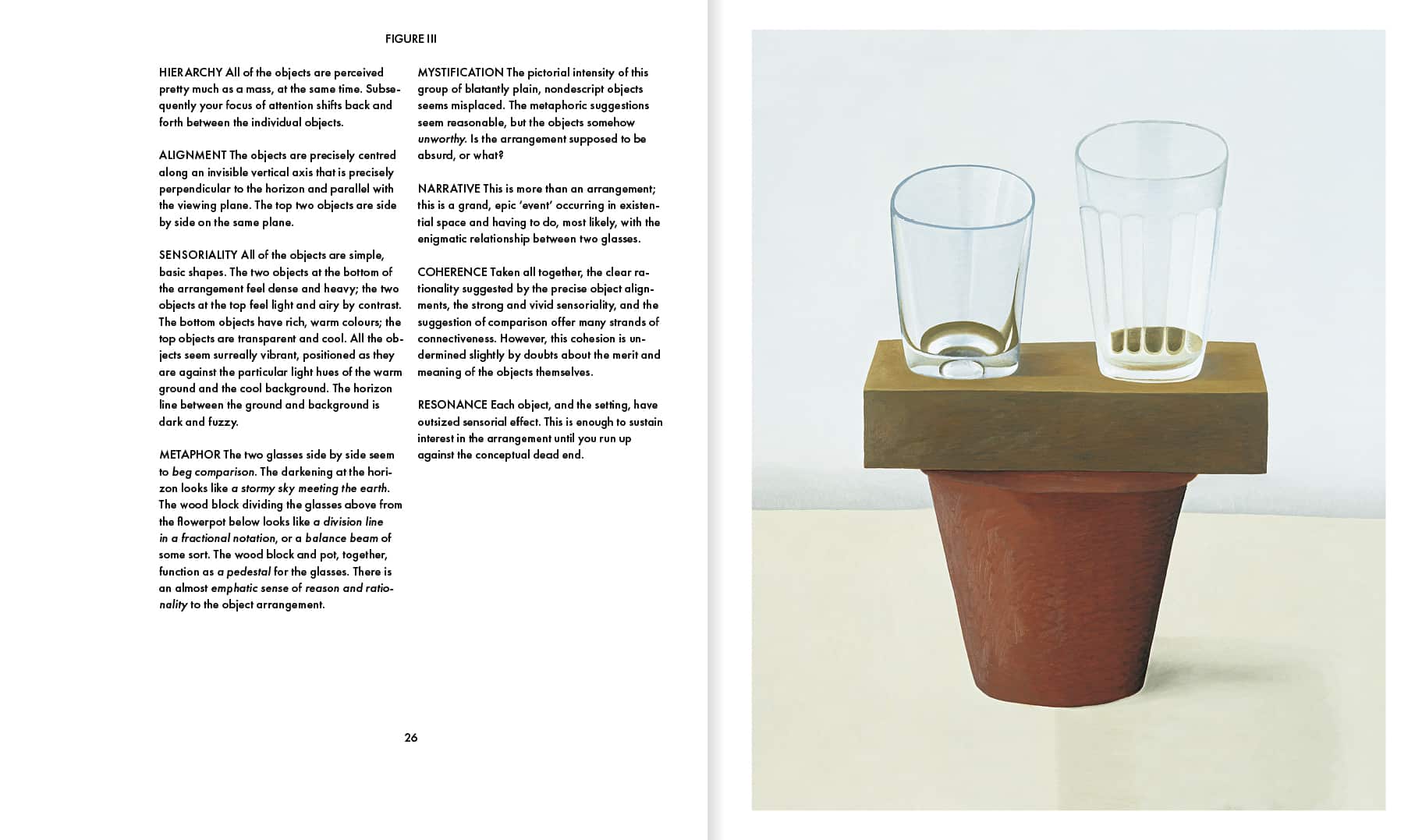










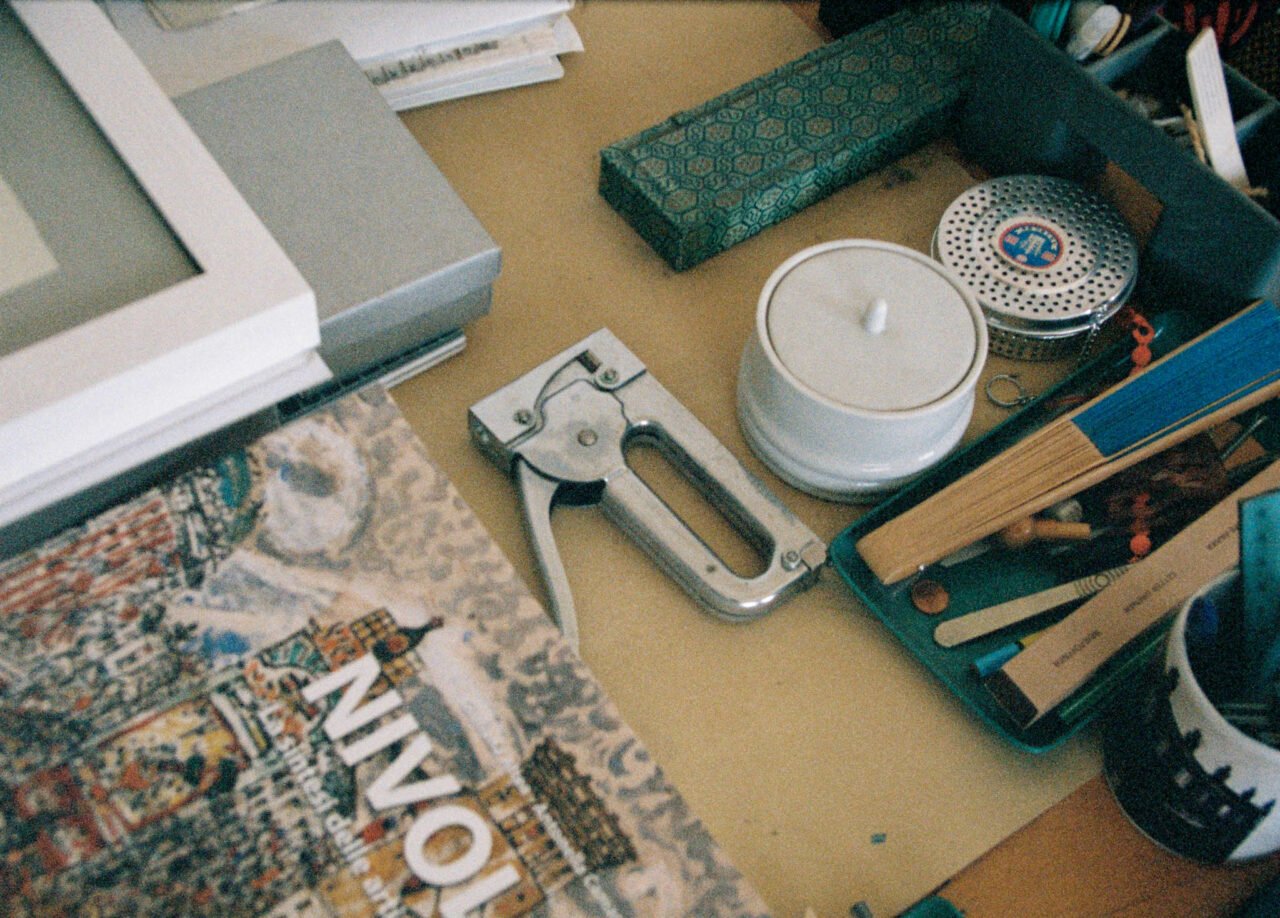
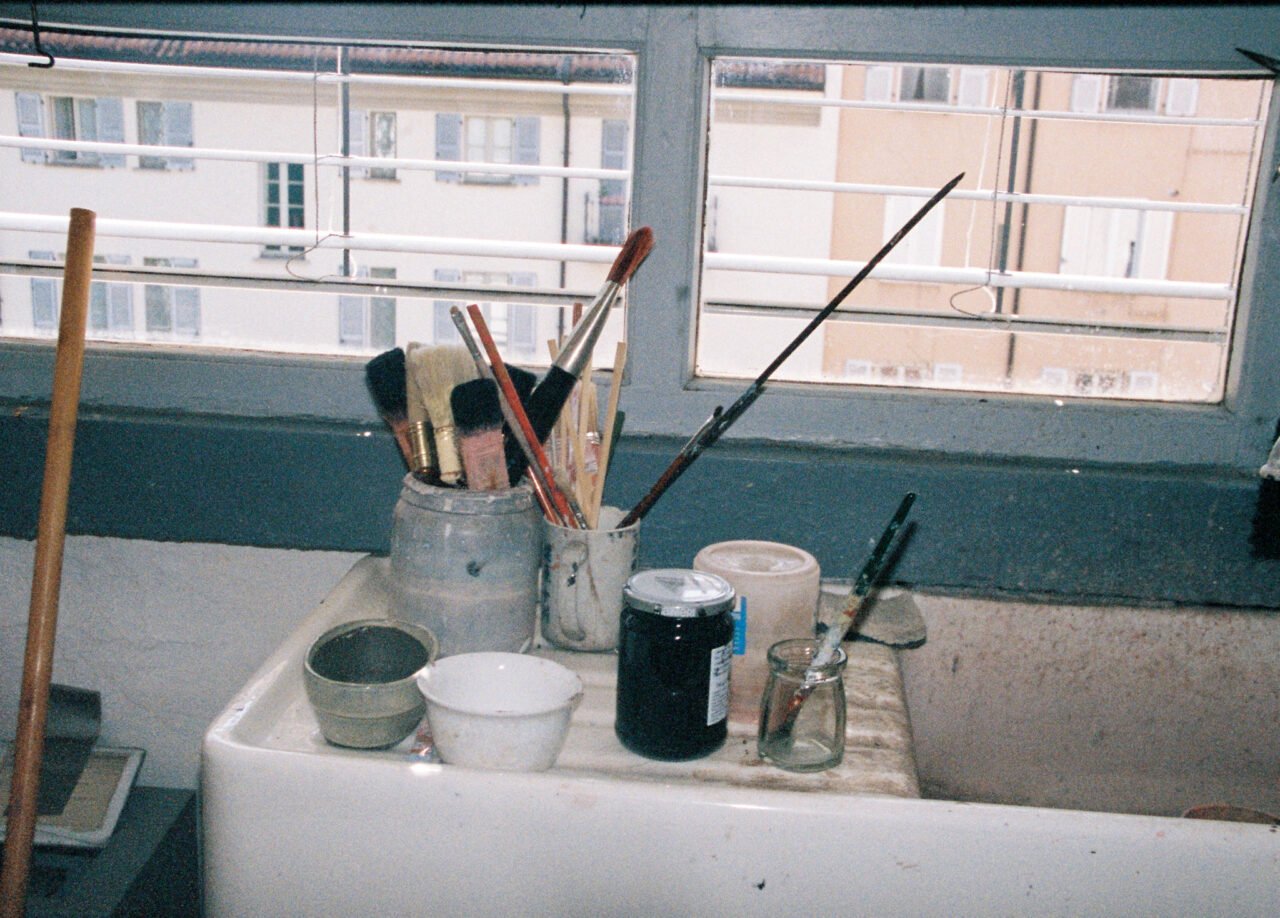














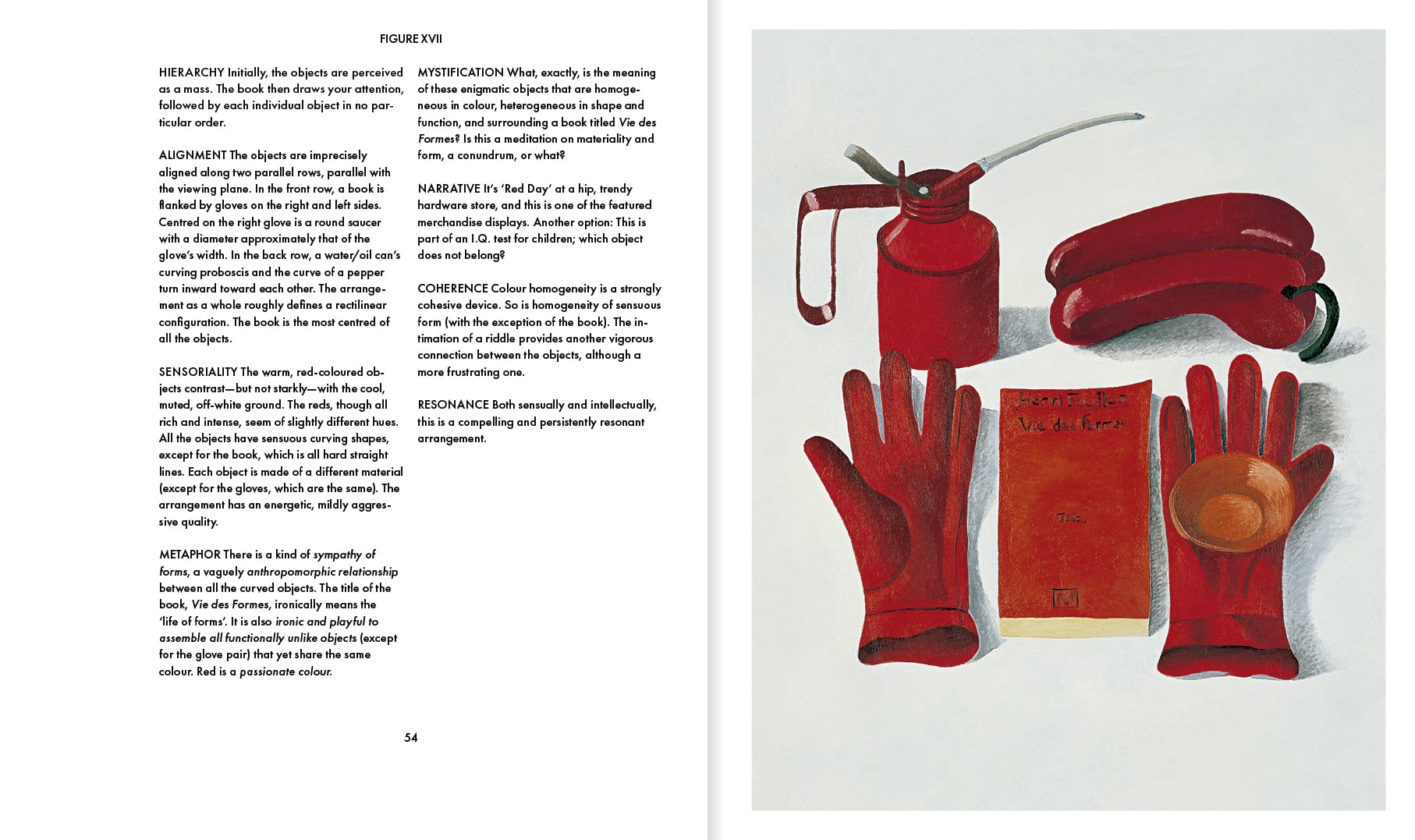








 close
close


















